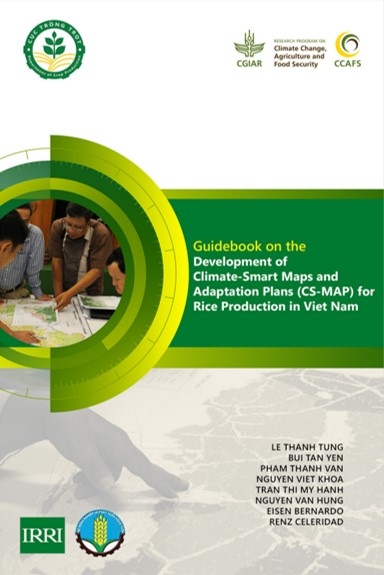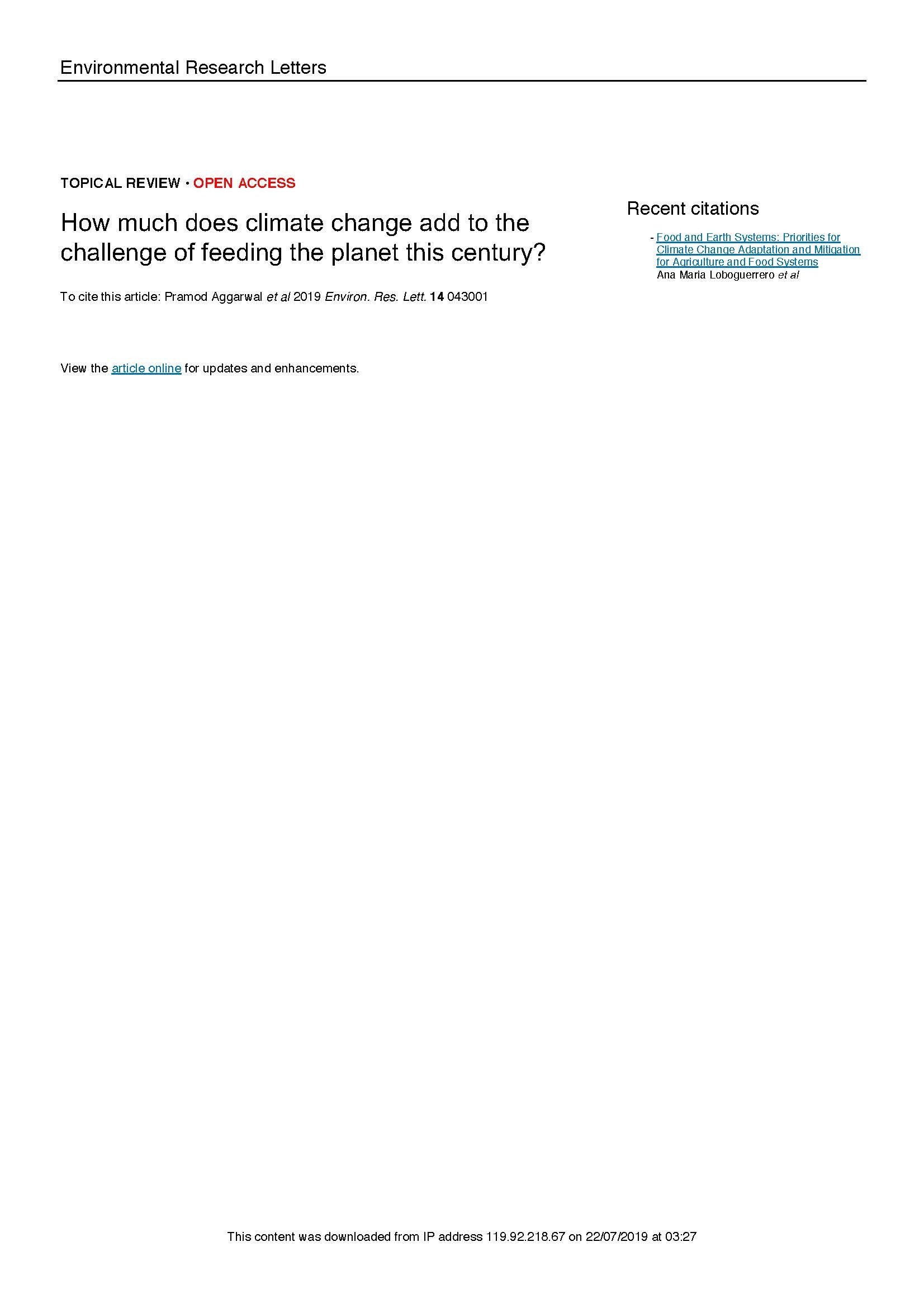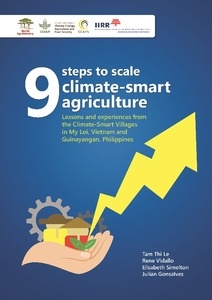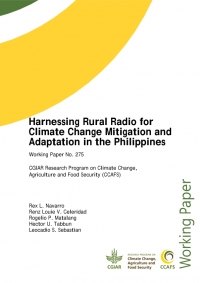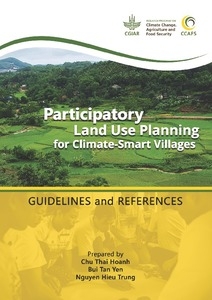Partners' Publications
This guidebook explains how to develop and implement the Climate-Smart Map and Adaptation Plan (CS-MAP). Using participatory tools, CS-MAP serves as a guide for local communities to develop their own risk maps and adaptive plans, which cater to their respective local contexts. The five key steps to develop the CS-MAP are: (1) define climate-related risks; (2) define the border of risk extents; (3) recommend adaptation plans; (4) modify climate-smart maps and adaptation plans; and (5) integrate outcomes at the sub-regional…
Our food systems are failing us. This is the overarching message from the wealth of literature on food systems.1 Analysis by Bene and colleagues finds that this growing body of literature focuses on four main types of failures: food systems’ inability (i) to produce greater quantities of food to feed a growing world population, (ii) to meet nutritional needs, and (iii) to benefit everyone equally and equitably, with both over- and underconsumption rife in current food systems, plus (iv) the…
The brief elaborates the 8 steps in setting up a Climate-Smart Village (CSV). The eight steps are: determining the purpose and scope of CSV; identifying the climate risk in the target area/s; locating the CSV in a small landscape; consulting the stakeholders; evaluating the CSA options; developing portfolio; scaling-up; and monitoring and evaluating uptake and outcome.
Agro-climate information services are essential to farmers’ decision-making. The value chain of such services typically entails the production of seasonal and short-term weather forecasts by meteorological institutes, the integration of the forecasts into agro-advisories, and the dissemination of the agro-advisories through extension services.
The impacts of climate change on crop yields, as projected by a slew of impact assessments carried out since the 1980s, have brought the issue of future food insecurity to the fore. A meta-analysis of ~27 000 data points from studies published over the last four decades reveals that at country level, average impacts of climate change on crop yields up to the 2050s are generally small (but negative) for rice and wheat, and modest for maize, provided farmers adopt…
The Climate-Smart Village approach is a CCAFS agricultural research for development (AR4D) strategy for stimulating the scaling of climate-smart agriculture. CSVs are established in Southeast Asia through the CCAFS program to serve as sites for “testing, through participatory methods, technological and institutional options for generating evidence of CSA effectiveness as well as drawing out scaling lessons for policy makers from local to global levels (CCAFS, 2016). The CSVs in My Loi in Vietnam and Guinayangan in the Philippines were established…
In this book, we conceptualize what a climate change-adaptive (CC-A) school is with reference to schools in rice-farming communities. This book is born out of a project funded by the DA-Bureau of Agricultural Research (BAR) in collaboration with 12 participating schools of the Department of Education (DepEd). Various initiatives on CCA are being vigorously pursued involving schools. The emphasis on disaster risk reduction and management (DRRM) is very prominent as evidenced by the DRRM walls in our public elementary schools…
The working paper documents the pilot rural radio campaign, dubbed as 'Climate Change i-Broadkas Mo', implemented by the CGIAR Research Program on Climate Change, Agriculture and Food Security in Southeast Asia (CCAFS SEA) and the Philippine Federation of Rural Broadcasters (PFRB) in strategic regions of the Philippines from 2015 to 2018. The radio campaign provided PFRB affiliated broadcasters with scripts and ready-to-be-aired (RTBA) interviews on climate-smart agriculture. The lessons learned from the project can be used to enhance the capacities…
Participatory land-use planning (PLUP) refers to a bottom-up method of analyzing land and water resources. In its current form, PLUP integrates inputs about climate change and sea level rise to help the community utilize the resources within its vicinities. In utilizing its resources, the community will be able to improve the people’s livelihoods and help them sustain such resources for the benefit of the next generations. This publication in implementing PLUP focused on climate-smart adaptation in Climate-Smart Villages (CSVs).
This manual is intended to provide simple and helpful information, especially to farmers and extension agents, in solving pests and diseases issues on rice production in the context of climate change. The publication tackles: the effects of climate change on agriculture; effects of climatic factors on the development of pests and diseases; and importance of an Early Warning System and the pest-smart interventions and recommendations to alleviate problems due to pests and diseases.

